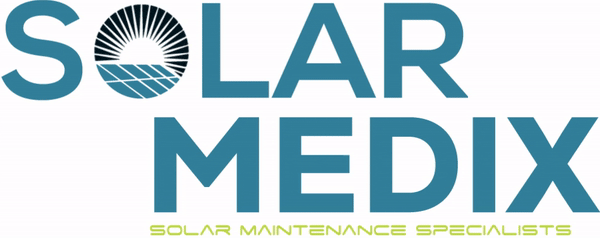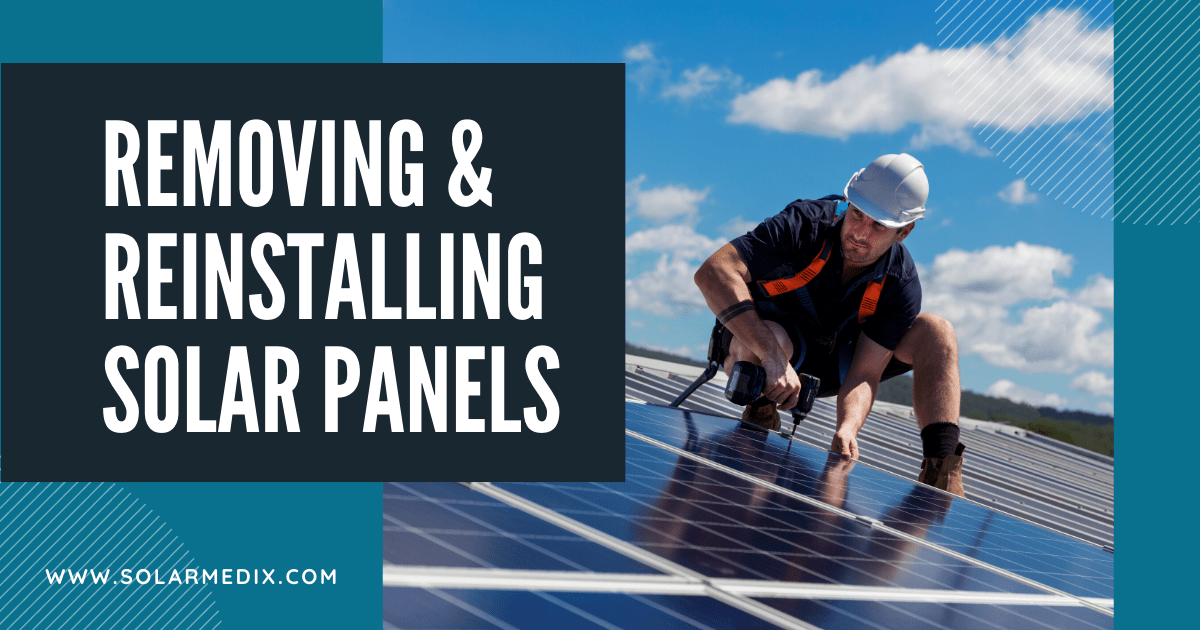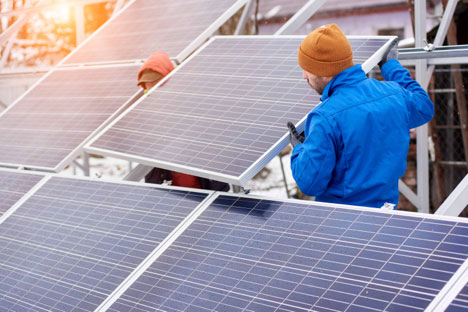Are you working on a new roof? Do you have questions about removing and reinstalling solar panels? Then you’re in the right place!
The solar industry has seen tremendous growth in the past decade, with more and more people becoming aware of the potential benefits of going solar. Using solar energy has become a new trend for the better, and many people realize it is not only friendlier for the environment, but it can also save them a lot of money down the road.
However, the maintenance and repair of solar panels is where things can get a bit tricky and tiresome if one has to remove and reinstall their solar panels.
Solar panels are usually designed to operate on their maximum capacity, and most manufacturing companies provide an operational warranty for at least five years. But, sometimes things do not go as planned.
A homeowner can find themselves in trouble if they find out that their roof is leaking and needs a repair, a solar panel has been malfunctioning, or that they are moving out and want to take their solar panels with them to their new home.
Before Removing and Reinstalling Solar Panels
Removing and reinstalling solar panels can be a very overwhelming endeavor that requires caution and extreme care so that no solar panels get damaged in the process. Though it is helpful to have an understanding of the removal and reinstallation process, it is highly recommended that this undertaking be left to the experts.
From removing all modules and racking components to storing the removed solar panels before reinstallation, Solar Medix has a team of highly-trained technicians who can handle the whole process safely and effectively.
Whatever your reasons are for removing and reinstalling solar panels, it is important to know that it is a very delicate process. Flawed wiring connections and mishandling of solar panels can negatively impact your system’s performance, and even cause a fire in extreme situations.
Pre-Removal Site Visit
The removal and reinstallation process will begin with our team paying a visit to your home to assess the job and its feasibility, and structure a plan of action. A project coordinator will be assigned to keep you informed every step of the way, keeping you updated on things like the expected time duration for the job and where the removed solar panels will be stored.
Removal of Solar Panels
Solar panels are very delicate to handle, in regards to their physical structure and their wiring connections. It has been observed that solar panels often get damaged when they’re unscrewed from their holding structure if a technician is not experienced or cautious. The removal process must be completed in a very diligent manner.
Once the solar panels have been removed, the next main challenge is their storage and transportation to the new location, if need be. The Solar Medix team can store your solar panels so that they are safe from any potential damage and handled with care in the process.
A very common mistake that people make is simply racking the solar panels on top of each other, which could result in damage to the crystalline surface of the panels. The solar panels must be stored in storage-racks, or rubber-mounts must be placed between them at the very least.
If a homeowner wants to remove and reinstall the solar panels at a new location, it would be best to have the inverter(s), batteries, and other components removed and stored under the same safety protocol as well.
Reinstallation of Solar Panels
After the roof is repaired or replaced, it’s time for a pre-reinstallation check-up to assess that the site has no issues that could become an obstacle when reinstalling the solar panels.
Next, the final stage of the process is to reinstall the solar panels onto the updated roof. Our team will ensure that the panels are thoroughly cleaned and inspected so that their surface is not blocked by any debris, and can operate on their maximum capacity.
Your solar energy system will be installed using the same solar panels and other electronic components. Some new hardware might be required, like new rack mounting and standoffs, but this is not always the case.
Lastly, our team will conduct a final quality audit to ensure that the whole system is working at its optimum capacity, and there are no malfunctioning units.
For more information contact Solar Medix today!














